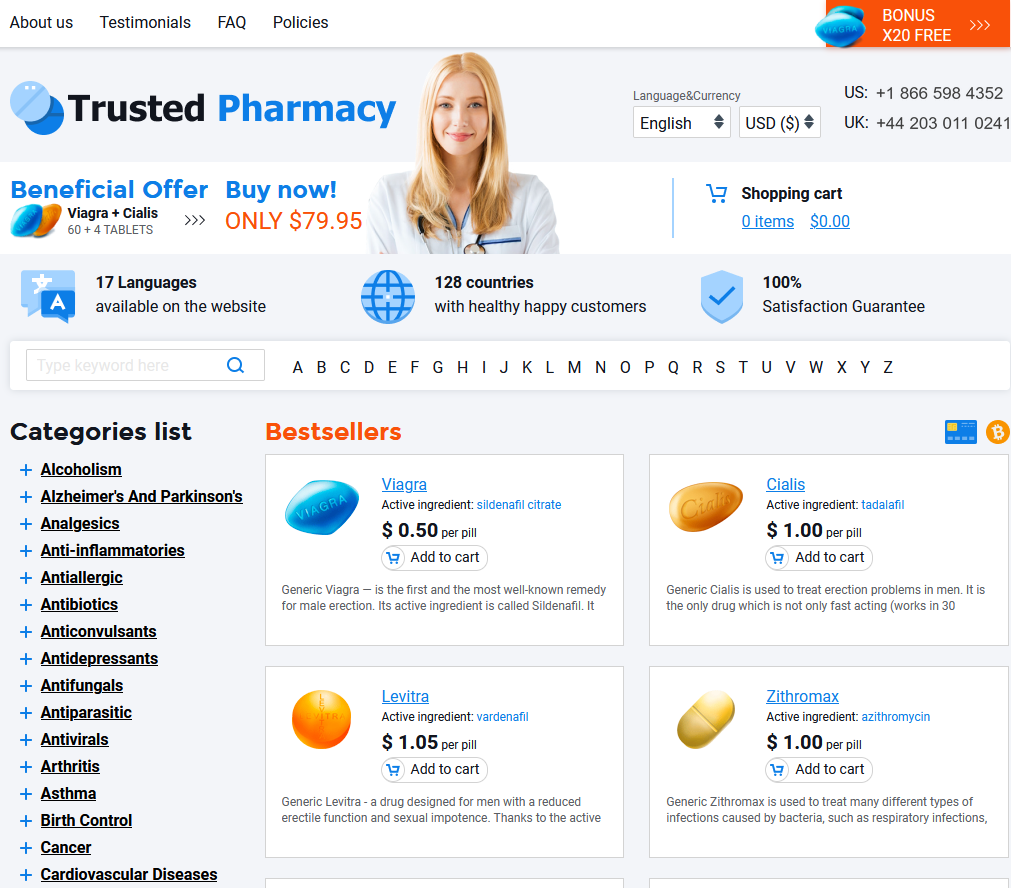 Hydroxychloroquine in Rheumatoid Arthritis Treatment
Hydroxychloroquine in Rheumatoid Arthritis Treatment
Understanding Hydroxychloroquine: a Brief Overview
Hydroxychloroquine, originally developed as an antimalarial drug, has emerged as a therapeutic mainstay in the management of autoimmune diseases. This versatile medication has been prescribed for decades, primarily due to its ability to modulate the immune system. By interfering with communication between immune cells, hydroxychloroquine can help reduce inflammation and alleviate symptoms in conditions like rheumatoid arthritis (RA).
In rheumatoid arthritis, hydroxychloroquine is often valued for its dual benefits: it not only helps in lessening inflammation but also minimizes joint damage over time. Its mechanism, involving the inhibition of inflammatory pathways, complements other treatments such as methotrexate or biologics. This synergy positions hydroxychloroquine as an important component of comprehensive RA treatment regimens.
| Aspect |
Details |
| Primary Use |
Antimalarial, Anti-inflammatory |
| Key Function |
Modulates Immune Response |
| Commonly Used For |
Rheumatoid Arthritis, Lupus |
Historical Uses of Hydroxychloroquine in Medicine

Emerging originally as a treatment for malaria during the mid-20th century, hydroxychloroquine quickly found a broader therapeutic spectrum. Its efficacy in controlling malaria symptoms led scientists to explore its potential beyond infectious diseases. By modifying the chemical structure of chloroquine, researchers aimed to reduce its toxicity, resulting in the creation of hydroxychloroquine, a more tolerable variant that retained therapeutic benefits. Subsequently, its anti-inflammatory properties were recognized, opening pathways for its application in autoimmune conditions like lupus and eventually rheumatoid arthritis, transforming the landscape of treatment practices.
How Hydroxychloroquine Works in Rheumatoid Arthritis
In rheumatoid arthritis, hydroxychloroquine plays an essential role by modulating the immune response. It works by interfering with the communication pathways of immune cells, particularly targeting the overactivity that characterizes autoimmune conditions. Hydroxychloroquine helps reduce inflammation, alleviate pain, and improve joint function. Its action focuses on inhibiting certain immune pathways that contribute to the chronic inflammation typical of rheumatoid arthritis. By doing this, it reduces flare-ups and slows the disease's progression, making it a valuable option in the rheumatologist's arsenal for managing this debilitating condition.
Comparing Hydroxychloroquine to Other Arthritis Treatments

In the world of rheumatoid arthritis treatments, hydroxychloroquine stands out due to its balanced efficacy and safety profile. While non-steroidal anti-inflammatory drugs (NSAIDs) and corticosteroids offer rapid relief by reducing inflammation and pain, hydroxychloroquine plays a different role as a disease-modifying antirheumatic drug (DMARD). It works more gradually, targeting the underlying disease process to prevent joint damage over time. Biological therapies, such as tumor necrosis factor (TNF) inhibitors, may offer more targeted intervention but come with increased risks and higher costs.
Hydroxychloroquine's appeal lies in its oral administration, lower incidence of severe side effects, and affordability compared to biologics. Although it's generally less potent than newer treatments at reducing inflammation quickly, it’s often used in combination with other DMARDs to enhance effectiveness. Thus, hydroxychloroquine provides an invaluable option for patients seeking long-term management and has maintained a crucial role among the arsenal of available therapeutic strategies for rheumatoid arthritis.
Potential Side Effects and Risks to Consider
Hydroxychloroquine, a cornerstone in the management of rheumatoid arthritis, comes with a profile of potential side effects and risks that need to be attentively considered. Users might experience mild symptoms such as gastrointestinal disturbances or skin reactions. However, it's the less common, but more serious, side effects that warrant careful oversight. Retinal toxicity is a rare but noteworthy concern, necessitating regular eye examinations to mitigate any potential vision impairment.
| Side Effect |
Description |
| Gastrointestinal disturbances |
Nausea and diarrhea |
| Skin reactions |
Rashes or itching |
| Retinal toxicity |
Potential vision issues |
Additionally, cardiac issues, although infrequent, can manifest as prolonged QT intervals, especially when combined with other medications. These risks emphasize the importance of personalized treatment plans and regular monitoring by healthcare professionals, ensuring the benefits of hydroxychloroquine in rheumatoid arthritis are maximized while potential harm is minimized. As treatments evolve, vigilance remains key in balancing efficacy and safety.
Future Prospects for Hydroxychloroquine in Treatment Plans
As scientific advancements continue, hydroxychloroquine's role in rheumatoid arthritis treatment may expand and evolve. Emerging research underscores its potential in combination therapies, potentially enhancing patient outcomes while minimizing disease activity. This development could pave the way for more personalized treatment approaches that prioritize individual patient responses and tolerances. Additionally, ongoing studies aim to refine dosing guidelines and uncover novel pathways to maximize efficacy while reducing side effects. Interested stakeholders remain vigilant as new insights emerge, emphasizing a commitment to optimizing patient care in the ever-evolving landscape of rheumatoid arthritis management. For more information, explore these resources: National Center for Biotechnology Information and Mayo Clinic.